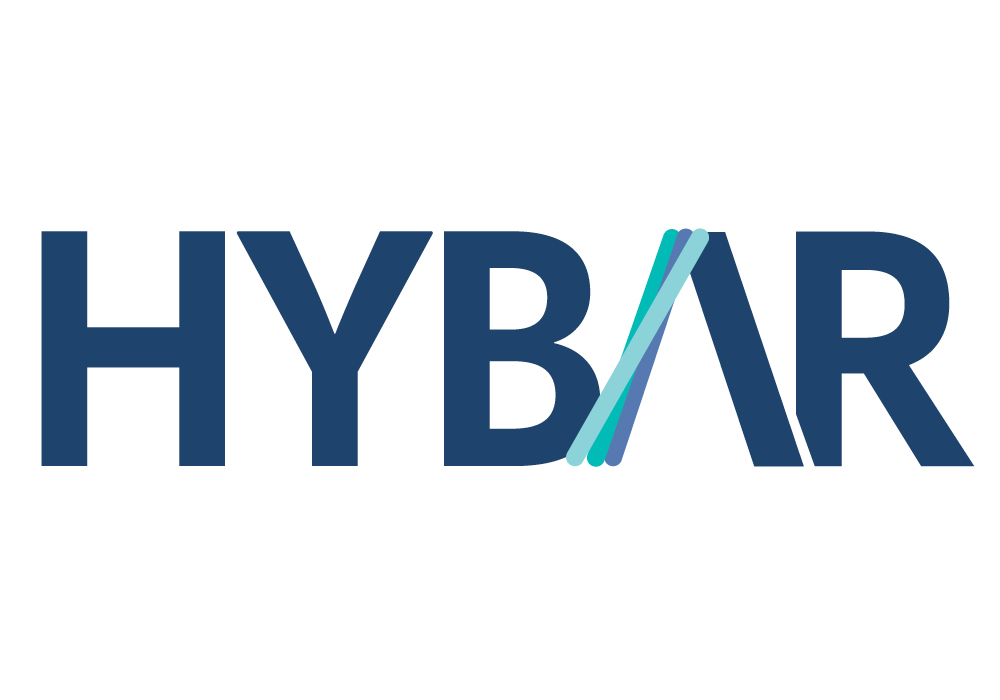Steel Mills

Tampa Steel: Hybar CEO talks future plans for its sustainable steel mills
Written by Laura Miller
February 2, 2024
Speaking during a fireside chat at the Tampa Steel Conference, Hybar CEO David Stickler provided a status update on the company’s new rebar mill project and its plans for the future – including the possibility of building a flat-rolled steel mill.
Project update
Construction of Hybar’s first rebar mill is currently underway outside of Osceola, Ark. It is five months into the 22-month construction effort, with startup planned for May 2025.
Commenting on scrap, Stickler said the EAF mill will consume approximately 700,000 short tons (st) of obsolete scrap annually as its primary feedstock. As the US and Canada export around 19 million st each year, he doesn’t see an issue with finding enough of the raw material. Scrap is plentiful, he said.
When asked why Hybar picked northeast Arkansas for its location, as it’s not an area traditionally considered a significant source of scrap, Stickler said he can sit in his office and see scrap floating down the Mississippi River. Instead of sending it down to New Orleans and across the world to Turkey, he invited the barges to drop their scrap off at the Hybar mill.
Site selection for a second mill is ongoing. In consideration are a site in the southern US and another in the Pacific Northwest, he said.
Future plans in the works
When Hybar announced its plans in November 2022, just two mills were in the works. Stickler told conference attendees on Monday, Jan. 29, that his “plan is to build two or three rebar mills, then probably do something else.”
“I’d like to run a flat rolled mill and run it with 100% scrap,” he commented during his talk. He currently has a non-compete that he intends to fully honor, he said. “But some things we’ll be doing can easily translate into the flat rolled sector,” he noted.
With a number of mills envisioned, “We’re not done yet,” Stickler said. “The US is a great place to produce steel.”
Hybar’s business model
Stickler and the other project owners – his investment firm Global Principal Partners, TPG Capital, Koch Industries, and the investment fund of an unnamed high-net-worth family – believe the company will be a success, differentiating itself from others in four key areas: 1) its state-of-the-art mill will be competing with older mills, some of which are more than 50 years old, 2) it will be more environmentally sustainable, 3) it will be more nimble in its operations, and 4) it won’t be competing with its largest group of buyers.
Additional spending on infrastructure in both the US and Canada, which will boost demand for rebar, is just “icing on the cake,” Stickler added.
Commenting on competition, Stickler said, “Is there some low-hanging fruit, higher-cost competition that’s due to be replaced in rebar? The answer is yes.” Older mills can’t keep up in terms of energy efficiency, labor productivity, and environmental sustainability. These are the mills from which Hybar plans to take market share.
An area that will set Hybar apart from other rebar producers is that it will not be in the business of fabricating. Stickler said about 75% of rebar produced in North America is done so by steel companies that also fabricate the product. He mentioned that the two largest rebar producers – Nucor and CMC – are also fabricators.
This means independent fabricators have historically had to purchase from their competitors or have been forced to rely on imports. This is where Hybar will set itself apart from other producers: It does not plan to fabricate rebar. Therefore, it will not compete with its customers, most of which will be fabricators, and it will stand a better chance of getting those orders, he said.
Sustainability at the forefront
With a solar installation adjacent to it that the company will also own, Stickler said the Hybar mill will be run with 100% renewable energy. This will be a first in the global steel industry, he said.
Stickler said the SMS technology the mill will implement is even better than some of the micro mills. He said all current rebar mills use AC furnaces, while Hybar will utilize a DC furnace. While it comes with a higher price tag and is more challenging to operate, it is also much more energy efficient, utilizing just one carbon electrode vs. two or three in an AC furnace.
“Little things like this add up to our ability to stake our claim as the world’s most environmentally sustainable steel producer,” he commented.
An audience member asked about using carbon offsets. This set Stickler off, as he called them “greenwashing, smoke and mirrors, and a waste of money.”
“If you’re going to be green, don’t cheat,” he stated. If a company needs to buy credits to be considered ‘green,’ it will just increase their costs, he said, so “let them buy them. … I’m going to do it the right way.”
Check out SMU’s previous exclusive interviews with Stickler – November 2022 and August 2023 – for additional information about Hybar and its plans.

Laura Miller
Read more from Laura MillerLatest in Steel Mills

Nucor holds HR list price at $910/ton
Nucor is keeping its list price for spot hot-rolled coil unchanged after last week’s shortened holiday week.

Cliffs unveils new hydrogen-powered stainless line in Ohio
CEO Lourenco Goncalves, flanked by state leaders and union reps, touted the project as proof that US manufacturing is not only alive, but also advancing.

Cliffs idles Steelton, Riverdale, and Conshohocken operations
Cliffs has idled facilities in Riverdale, Ill., and Conshohocken and Steelton, Pa.

Radius loss narrows, volumes climb in ‘healthy’ West Coast market
Stronger steel demand in the Western US, rising scrap flows, and improved rolling mill utilization drove sequential gains for Portland, Ore.-based Radius Recycling.

AISI: Raw steel production backs off multi-year high
US raw steel output edged lower last week after hitting a multi-year high in mid-June, according to the American Iron and Steel Institute (AISI).
